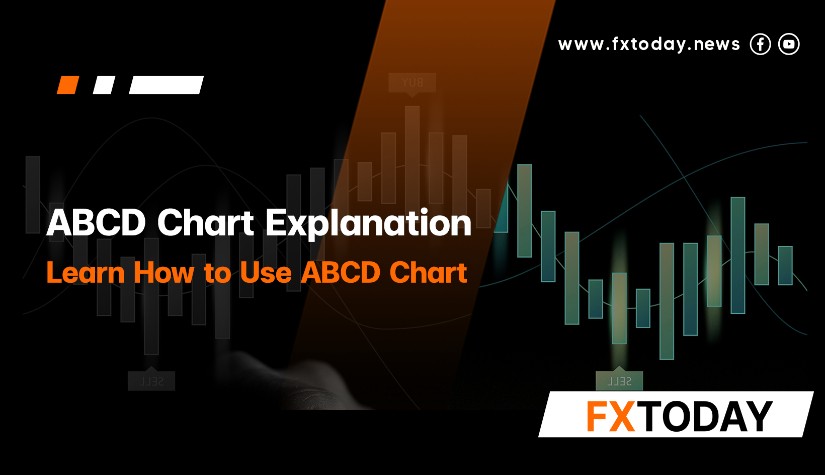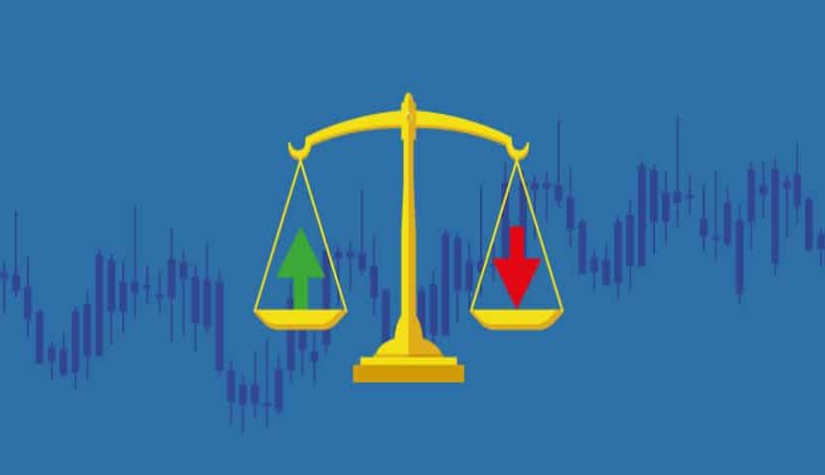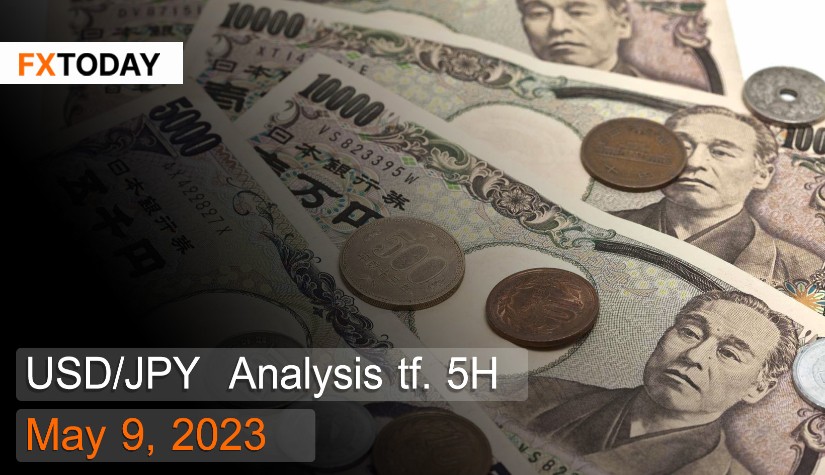Trading graphs come in a variety of forms, and the ABCD graph structure is one of the most prevalent among traders. Its popularity stems from its ability to enhance trading performance, regardless of market volatility significantly. This article will explain the ABCD trading chart pattern, providing you with a deeper comprehension of its application.
Understanding the ABCD Trading Pattern
The ABCD pattern is one of the simplest and most identifiable trading chart patterns. This ease of identification comes from its basic graph structure, which consists of two closely linked price swings. The ABCD pattern is a type of Harmonic chart, signaling potential points of price reversal. The key benefit of this pattern is its applicability to both bullish and bearish markets, as it can display price trends in either market condition.
How Does It Work?
The ABCD trading pattern commences with the initial peak (A), which reflects a robust uptrend as traders progressively purchase various assets. This buying momentum eventually pushes prices to the highest point (High) of the day, resulting in an overbought condition. Traders who initiated Buy orders at this stage will try to sell these assets for profit, which leads to a drastic drop in prices and forms a sharp peak of the chart pattern.
As prices decrease and hit the day's lowest point (B), this typically transpires swiftly. It's recommended that traders refrain from launching any orders, whether Buy or Sell, at this stage, unless they have solid conviction that a price reversal is on the horizon.
Instead, traders should wait for the price to reach the Higher Low level and validate the strength of the trend (typically above the Low point of the day or point B). The optimal time to strategize the next trade is when the price touches the Higher Low level at point C, with point D serving as a crucial position to secure profits.
Why Is the ABCD Trading Pattern Essential?
Several reasons make the ABCD pattern vital for day traders employing day trading strategies:
- The ABCD pattern forms the basis for other chart patterns that traders use to monitor prices.
- It is effective in pinpointing trading opportunities, regardless of market conditions or the timeframe in use.
- It aids traders in accurately comparing and determining reward and risk ratios
- The pattern's convergence is regarded as a highly potent trading signal.
- It augments the likelihood of successful trades and facilitates accurate assessment of risk-reward ratios.
How to Use the ABCD Pattern in Trading
As mentioned earlier, both bullish and bearish traders can leverage the ABCD chart structure as it offers crucial data for predicting potential price shifts. However, this chart could be complex for beginner traders to understand its underlying principles. This article will provide an example of how to trade using the ABCD trading pattern.
Remember, the technique described below is just one way to trade with the ABCD chart pattern, and there are numerous other methods available.
1. Entry Point - The initial step is to locate the best opportunity to engage in trade using the ABCD chart pattern. The key task is to employ a scanner and track the stock price movement from point A to point B until the price hits a new high for the day. If the support level emerges above point A, a new support level (point C) is established to monitor when the prices coincide. At this juncture, traders can initiate the trade or set an order to wait for the price to ascend above point C.
2. Exit Point - Subsequently, the objective is to identify the best opportunity to close the order using the ABCD chart pattern. If the price falls below point C, it is recommended to close that order. However, if the price merely touches point D, you should avoid closing all orders immediately, but you can sell a portion of your stocks. You can then sell the remaining stocks when the price hits your predetermined target.
Conclusion
To sum up, the ABCD chart pattern serves as a structure that guides traders to discover improved prospects for initiating both Buy and Sell orders. To bolster the precision of their trades, traders might need to employ an array of technical indicators.
______________________________
Maximize your knowledge: Blog
Keep up to date on global events: News
Updated
1 year ago
(May 16, 2023 11:29)
















